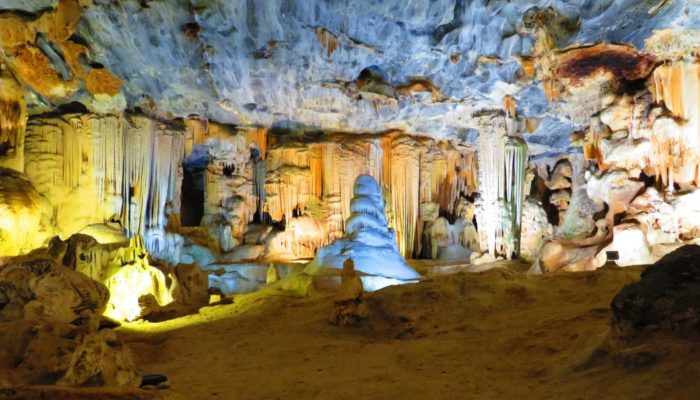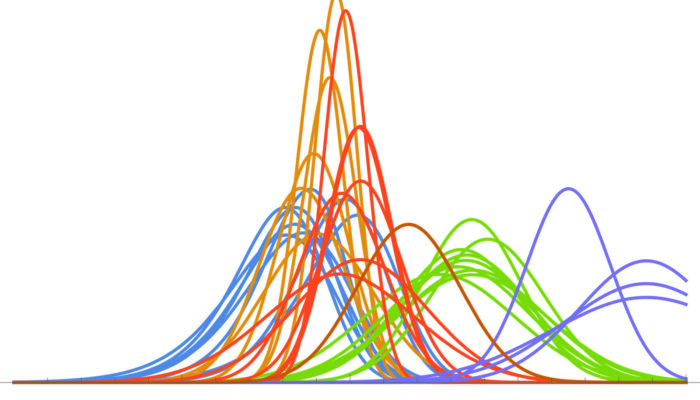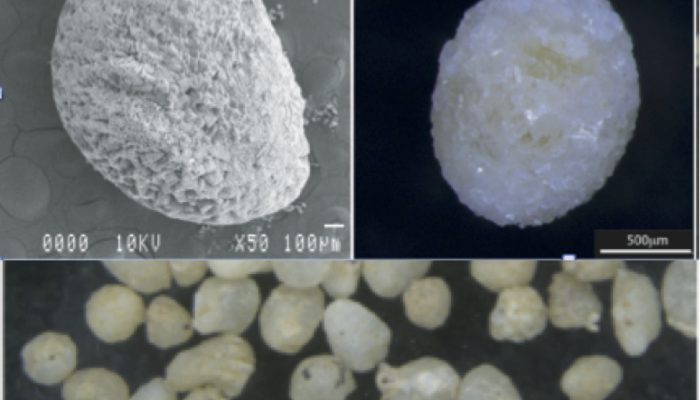Reconstructing past climate states from geological records is crucial for understanding the causal mechanisms that originated them. These can occur at time-scales which are much longer than the periods for which humans have been measuring climate variables such as temperature in meteorological stations. Such climate reconstructions provide a long-term context to the magnitude of the current anthro ...[Read More]
Habits in numerical model construction
Numerical models are omnipresent in climate research. Constructed to understand the past, to forecast future climate and to gain new knowledge on natural processes and interactions, they enable the simulation of experiments at otherwise unreachable time and spatial scales. These instruments have long been considered to be fed – let even determined – by either theories or observations alone. ...[Read More]
Magnetic minerals: storytellers of environmental and climatic conditions
Name of proxy Environmental Magnetism (also known as enviromagnetics) Type of record Environment and climate proxy Paleoenvironment Sedimentary environments (for the most part) Period of time investigated Present times to millions of years (depending on the preservation conditions) How does it work? Magnetism is a physical property that results from the behaviour of elementary particles in any sub ...[Read More]
How earthworms can help us understand past climates?
Name of proxy Earthworm calcite granules (ECG) Type of record Paleotemperature and paleoprecipitation reconstruction; radiocarbon dating Paleoenvironment Continental environments – loess/paleosol sequences Period of time investigated Mostly Last full Glacial cycle – from 112,000-15,000 years Before Present (BP) (or older depending on the preservation of the granules). How does it work? Earth ...[Read More]




